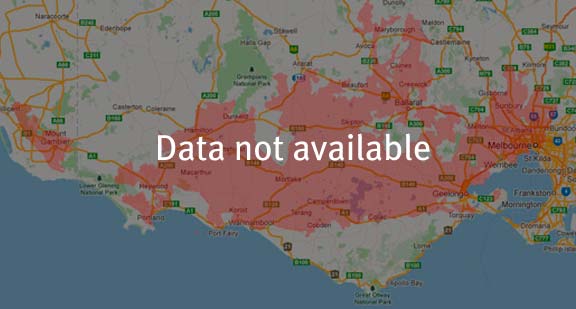A range of teacher professional learning programs will be developed to accompany the Biodiversity of the Western Volcanic Plains online outreach...

Lynx Spider
Oxyopes sp.
This spider uses vision to detect its prey then its legs to catch it, sometimes jumping up to 2 cm into the air to catch insects in flight. They are very protective of their egg sacs and guard them.
| Details | Description |
| Type | Invertebrate |
| Group | Arachnid - Spider |
| Identifying Characteristics | |
| Distinctive Markings | Looks like a bird dropping. Many spines on its legs. |
| Diet | Carnivore. Eats insects and other spiders. Ambushes insects on stems, leaves and flowers. |
| Habitat | Lives in vegetation such as grasses, shrubs and trees. |
| Native Status | Native to Australia |
| Taxonomy | |
| Phylum | Arthropoda |
| Class | Arachnida |
| Order | Araneae |
| Family | Oxyopidae |
| Genus | Oxyopes |
| Species | sp. |

Distribution maps indicate current and historic locations where species have been sighted.
Source: Atlas of Living Australia
| Conservation Status | |
| DEPI Advisory List | Not listed |
| FFG Act | Not listed |
| EPBC Act | Not listed |
The conservation status of species is listed within Victoria and Australia.
The Department of Environment and Primary Industry (DEPI) Advisory List consists of non-statutory advisory lists of rare or threatened flora and fauna within Victoria.
The Flora and Fauna Guarantee Act 1988 (FFG Act) lists threatened species in Victoria. Under the Act, an Action Statement is produced for each listed species.
The Environment Protection and Biodiversity Conservation Act 1999 (EPBC Act) is the Australian Government’s key piece of environmental legislation, listing nationally threatened native species and ecological communities.



